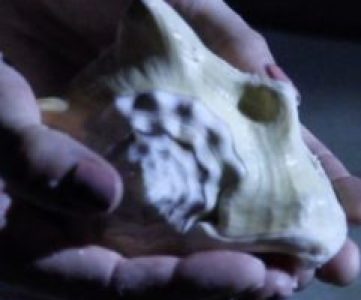TT Journal, ISSUE 5, 20th January 2023
By Juhani Pallasmaa
“Nothing is real until it has been experienced” 1 John Keats
”In the fusion of place and soul, the soul is as much of a container of place as place is a container of soul, and both are susceptible to the same forces of destruction”. 2 Robert Pogue Harrison
Architecture is usually regarded as material buildings with distinct visual aspirations and qualities, such as spatial and proportional compositions, and they are analysed and evaluated as functional, tectonic and aesthetic entities. However, the mental essence of architecture is manifested only as experiential qualities, intentions and existential meanings. The ontological meaning of architecture is traditionally seen as constructions that provide shelter from hostile climate and enemies; indeed, this is the utilitarian or functional purpose of architecture. But it has also another originary beginning; architecture mediates between the threatening immensity of the world, the infinity and anonymity of space, as well as the endlessness of time. This is the cognitive and mental origin of architecture. Early humans buried their dead in specific structures, caverns and mounds marked by cairns, long before they built anything to protect themselves, and this early history reveals that architecture originates in the mental reality rather than practicality. 3 From its very origin, architecture has mediated between humans and the world, divinities and mortals, and projected predictable order and meaning into human existence.

SPACE, TIME AND PLACE
Architectural theorists like Sigfried Giedion and Bruno Zevi, as well as modernist architects, understood space as the central notion in architecture. The architectural profession has even tended to “monopolize” space as the essence of their artform, but all arts, including painting, literature and music, deal equally with experiential space. Space is primarily a seminal theoretical notion in physics which was combined with the equally constitutive notion of time in new physics, as manifested in the statement of the mathematician Herman Minkowski of 1908: “From here on space alone or time alone are doomed to wither as mere shadows: only their union will preserve their existence” 4. This statement was given as a seminal quotation in Sigfried Giedion’s canonical Space, Time and Architecture (1941).
In contrast to the theoretical nature of space, its experience turns away from abstraction into experiential and existential place. Space in architecture is always a concrete and adjective space, situation or atmosphere, not a conceptual abstraction. Architecture is deeply engaged in this lived meaning of space as well as in experiential time. Simply, we exist simultaneously in place and time, but, in my view, we do not live in the abstracted space-time continuum suggested in the beginning of last century by physicists and architectural theorists. We exist in “the flesh of the world” 5, to quote a notion of Maurice Merleau-Ponty, and the task of architecture is to relate us with this experiential and existential “flesh” and dignify it. Instead of creating conceptual abstractions, this task implies a distinct relationality and mediation. “We come to see not the work of art, but the world according to it”, the philosopher suggests 6. This observation applies specifically to the art of architecture, which is a deeply relational art, which mediates human existence in the world.
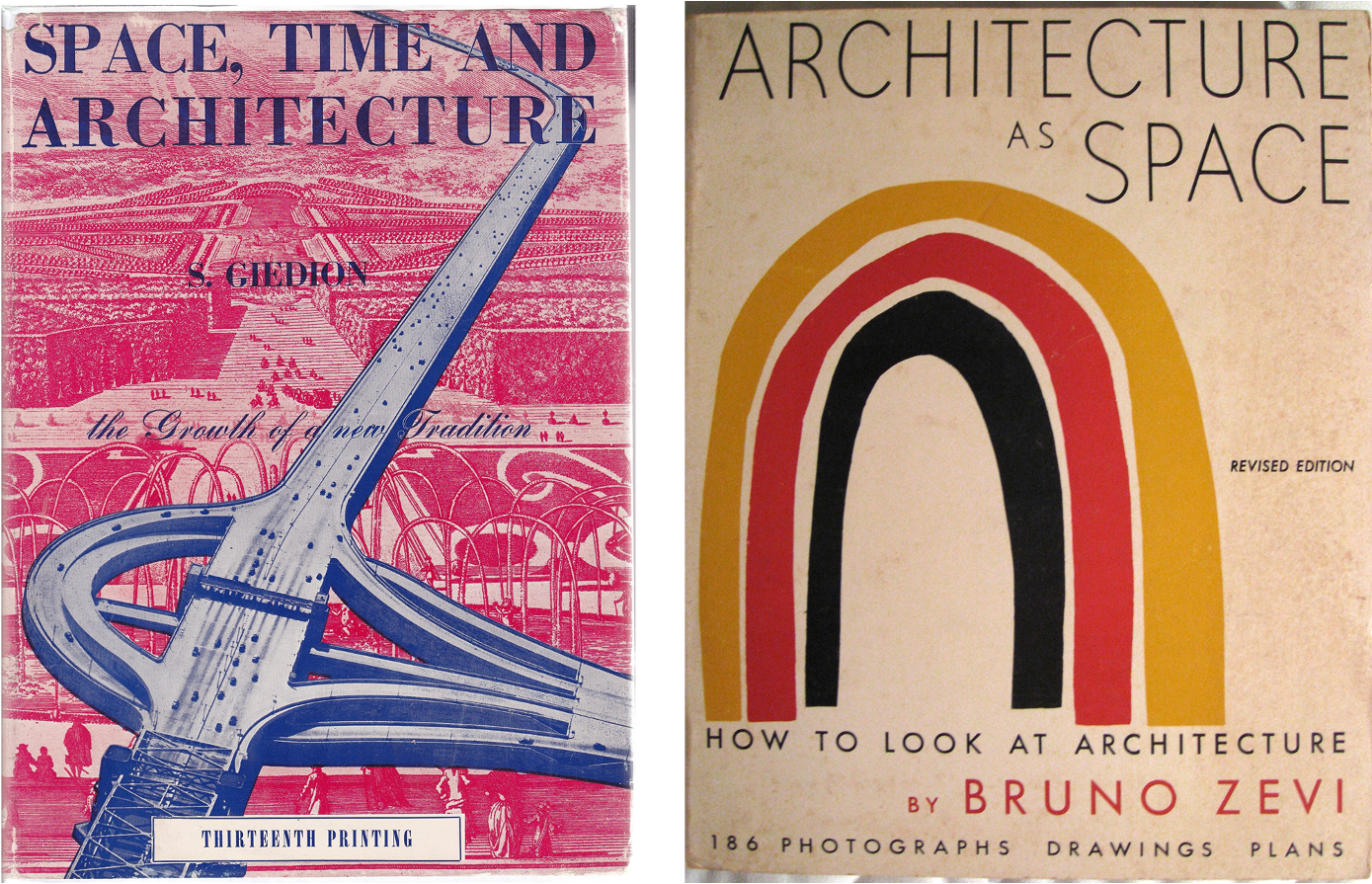
Sigfried Giedion, Space, Time and Architecture: The Growth of a New Tradition, first published by Harvard University Press, 1941. Bruno Zevi, Architecture as Space: How to look at Architecture, published in Italian in 1948, English translation 1957
MEDIATION BETWEEN MATERIAL AND MENTAL
Architecture also mediates between the physical and the mental worlds; it gives us our basic existential orientations and measures; it places, concretizes, structures and contextualises human existence. Through constructions, both material and mental, usefull and poetic, practical and metaphysical, we create places, existential footholds in the otherwise meaningless world. “Our house is our corner of the world… it is our first universe, a real cosmos in every sense of the word. It is an instrument with which to confront the cosmos”, Gaston Bachelard, the philosopher of poetic space, remarks 7. According to the philosopher’s remark, also architecture places us in ”the flesh of the world”. Through creating distinct places, architectural structures defend and support us in the physical world, but equally importantly they also project and maintain existential order and meaning; they help us to understand and remember who we are. Experiential places structure both our life world and ourselves.
Buildings are our guides, interpreters, and both bodily and mental extentions in the world. In his book The Extended Phenotype 8,the evolutionary biologist Richard Dawkins suggests that the physical constructions, nests and other devices of animals, such as the water regulation systems of beavers, should be included in the biological definition of the species in question. Architecture and other human constructions, material and mental, such as the networks of places, should similarly be seen as extensions of the biological species Homo Sapience. Architecture situates and places us in the world, and it also directs and coordinates our observations and understanding, and it orients and tunes our thoughts and emotions. A place is a multi-sensory and multi-dimensional experience and judgement, and the inherent irreconcilability of its ”ingredients”cannot be objectively described or designed; it can only be experientially felt, imagined and mentally simulated.
Places constitute a gradually growing scale from our most intimate situations all the way to regions countries and continents. In a rich and humanly meaningful life world, this entire scale of nesting places, one inside the other, supports a distinct sense of identity, coherence, association and meaningfulness. Places evoke emotions and feelings of belonging. A study – in the 1970s, if I remember correctly – of the emotions of slum residents arising from the loss of their homes, when obliged to move, revealed emotions that were similar to the mourning for a lost relative.
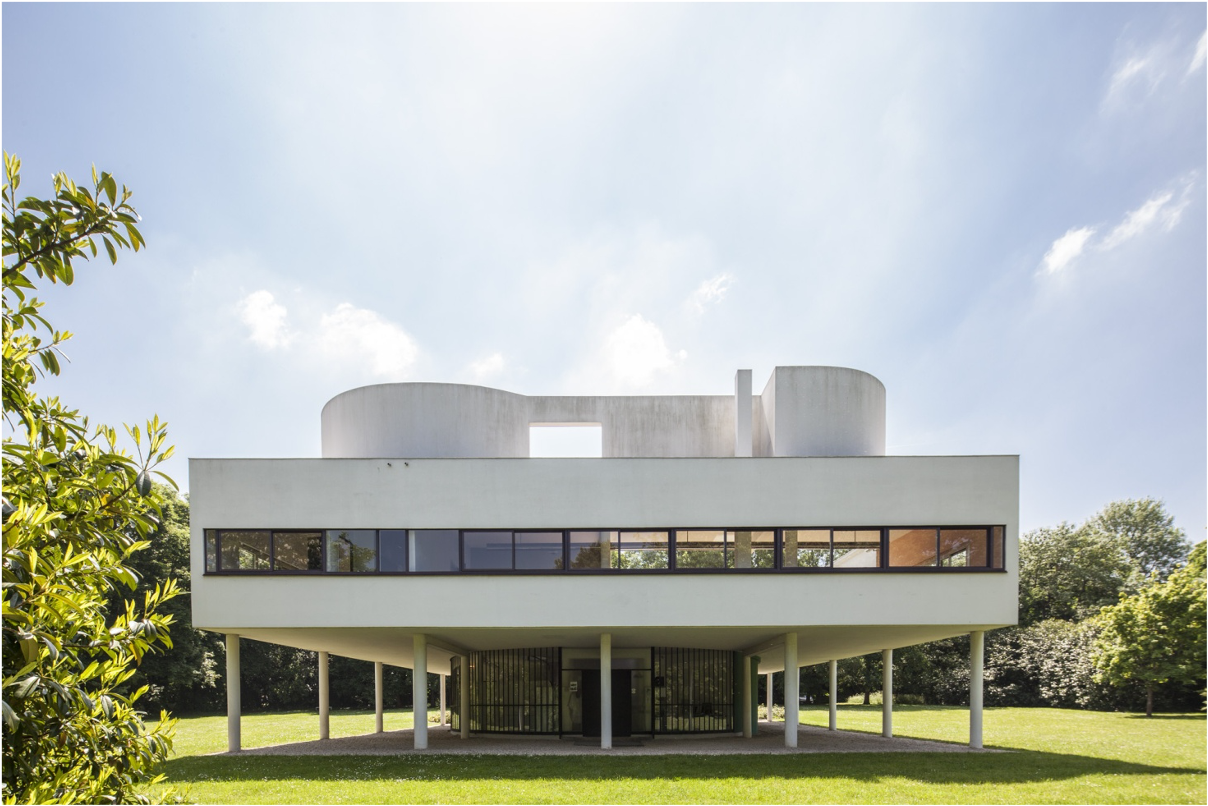
PLACE IN THE CONSUMER WORLD AND CRITICAL REGIONALISM
In the world prior to the globalized consumer culture, entire regions, or even countries, reflected such articulated identities and unities, reinforced by landscapes and climate as well as the use of local construction materials and styles. Today it is difficult to name a street of our era anywhere that would express such combined unity and variety. In the late 1970’s influential writers presented the idea of Critical Regionalism as a way to prevent the uniformity of larger human environments. Regionalism was presented as means to preserve or create specific characteristics of large environments and regions. The adjective “critical” suggests a deliberate and conscious distancing from superficially romanticized or pittoresque approaches.
The idea of Critical Regionalism calls for the geographic, climatic, historical and cultural fusion and atunement of buildings and cities, but is Regionalism still a valid possibility in today’s globalized culture of consumerism and manipulatively aestheticized styles? Aren’t our constructions today conditioned by universal and unifying forces of techno-economic quasi-rationality and the “Aesthetic Capitalism” that the philosopher Gernot Böhme wrote about. 9 Don’t our celebrated inventions, forceful technologies and worldwide trade, take us towards an increasingly placeless, uniform and boring world? Today we can find buildings that still arise from specific local conditions and traditions mainly in the developing world, where restrictions of resources give rise to ways of construction that reflect local materials, skills and traditions. The new bamboo constructions in different parts of the world are an example of this new regionalism scarcity and need.
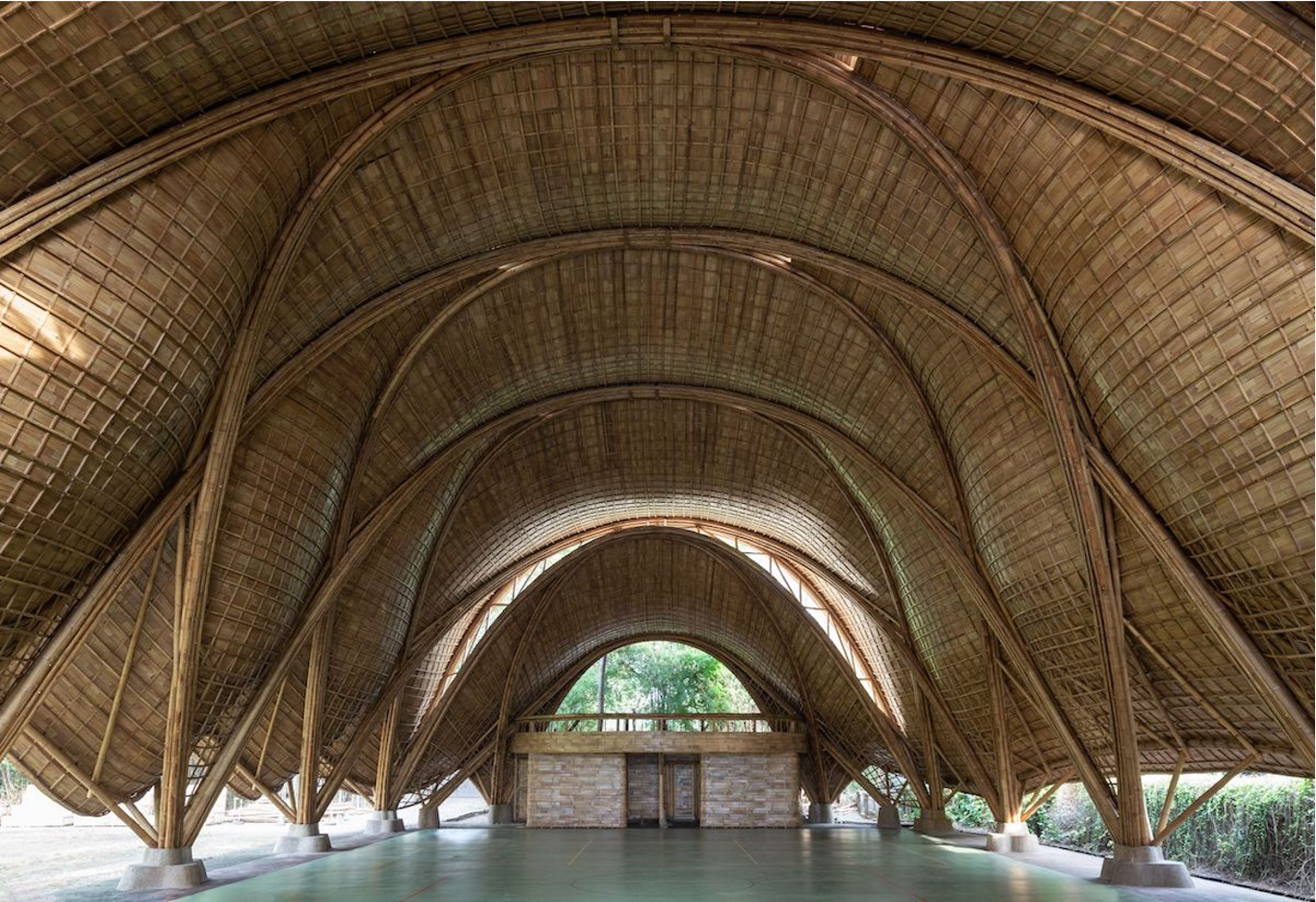
ARCHITECTURE AS A VERB
I wish to suggest that although the words “place” and “architecture” are linguistically nouns, they seem to possess hidden adjective and verb connotations. Places and buildings organize and articulate our experiences of the world. The experience of place is parallel to the act of identifying and naming. Places arise through qualitative distinctions in relation to the context and other places, and this differentiation suggests a hidden adjective reading. Places also structure, direct and tune our perceptions and they condition our behaviour; thus this noun-word also contains verb-like potential. John Dewey, the visionary philosopher, suggested that ”the mind is a verb”10. In my view, also architecture is a verb, not a noun. Architecture is always an instruction, invitation, offer and promise. I will attempt to open up the phenomenon of place especially from a biological and evolutionary perspective.
THE EMERGENCE OF PLACE
The notions of place and placing have two connotations; the first task is defining man’s place in the cosmic context, and second, the concretization of the location of his body and mind in the wordly settings of life. The first place is metaphysical, the second is relational to the reality of our lifeworld. Plato´s argument, ”Nothing is that is not placed” 11 makes ”place” a constitutive condition for anything to exist in human consciousness, but ”placeness” also implies a distinct human experiential quality through which we structure and organize our life world, and concretize experientially its qualitative articulation. The latter meaning of ”placeness” projects both biological and human meanings. In accordance with the recent discoveries in astronomy, our celestial “place” keeps constantly growing.
Places articulate our lived world from the child’s realm under the kitchen table or stair, to the scale of the home and further to the village or town, and eventually to the region, country and continent. We all live in a multiplicity of nested places.
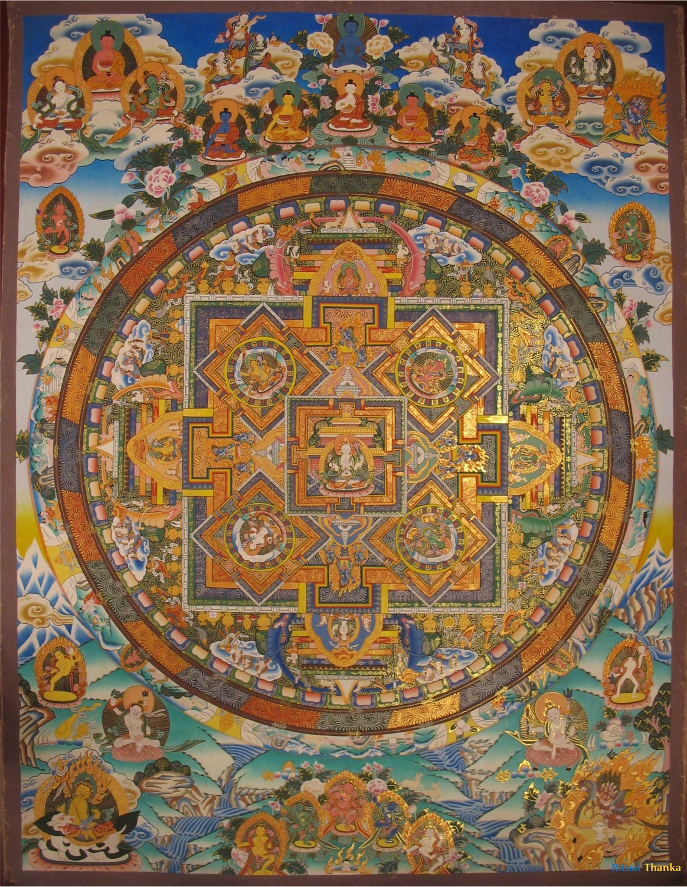
SETTLEMENT FORM AS A WORLD PICTURE
I wish to give an example of place-making and the cosmic as well as earthly dimensions of human experience. My example is the settlement form of the Rendile tribe in Kenya. The Rendile are nomads, who keep moving in the desert on their endless journey, but every evening they re-erect their settlement. The elements of the circular leather huts, supported by light wood frames, are transported on camels. As they arrive at the next night’s location, the women erect the circular huts in the overall shape of a circle with a larger spacing towards the orientation where the sun will rise next morning. The chief’s hut is erected opposite the rising sun, whereas the doors of all the other huts are oriented towards the center of the community. Thus the orientations of the ordinary huts point at the center of the community, whereas the chief’s hut is oriented towards the deity of the sun. The Rendille live in the unstructured desert without directions and fixed landmarks, but they carry the organization of the world in their collective mind and every single evening they re-construct their image of the cosmos, as well as their own communal order and hierarchy.
We still turn our bodies towards the sun to enjoy its warmth, but the cosmic dimension is mostly lost. However, some of the divinity of the sun can still be felt, as in the case of the artificial sun of Olafur Eliasson´s Weather Project in the Turbine Hall of Tate Modern in London in 2003.
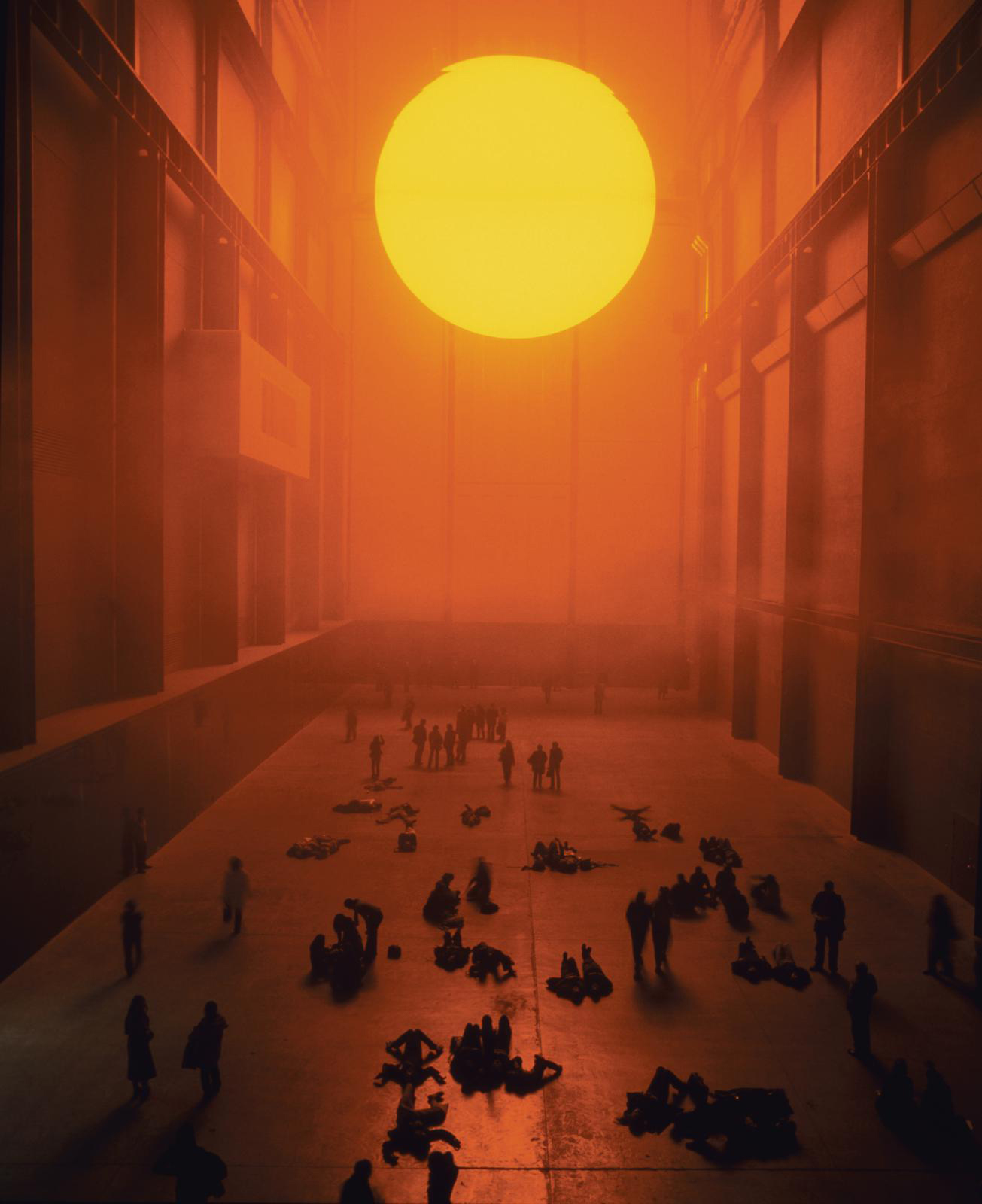
Copyright Olafur Eliasson.
NON-PLACE AND EXISTENTIAL OUTSIDENESS
We cannot mentally live in a uniform and meaningless world, a ”non-place”, to use a notion of Edward Relph. Relph has another notion, which I find at the same time illuminating and alarming, ”existential outsideness” 12. This is a situation in which one feels constantly as an outsider, who has no experience of place or belonging anywhere. This is today’s growing existential homelessness, the mental inability to dwell and sense oneself being placed, which Martin Heidegger pointed out. Today, we are also witnessing a political homelessness., and I am not referring to the current situation in Ukraine, but to a lived political homelessness in the world of economic and ideological manipulation.
We cannot live in a measureless and infinite time, either. As architects, we usually understand the mental need for the perceptual, mental and cultural structuring and articulation of ”natural”, or physical space, but we are not equally conscious of our mental need to place ourselves in the endless flow of time, and to establish our place in its continuum. Karsten Harries writes almost shockingly about ”the terror of time” 13, that we need to protect ourselves from, and that takes place mainly through our constructions, both physical and mental. We surely need to feel placed both in space and time. We need to locate ourselves in ”the flesh of the world”, to repeat again the notion of Maurice Merleau-Ponty. The modern man is torn by the conflicting desires to see himself as a distinct, independent and autonomous individual, and at the same time, to long for attachment and belonging. Here lies the tragedy of Max Frisch’s famous novel Homo Faber (1994), in which a successful Unesco expert ends up making love with his own daughter as the consequence of his loss of the identity of place.
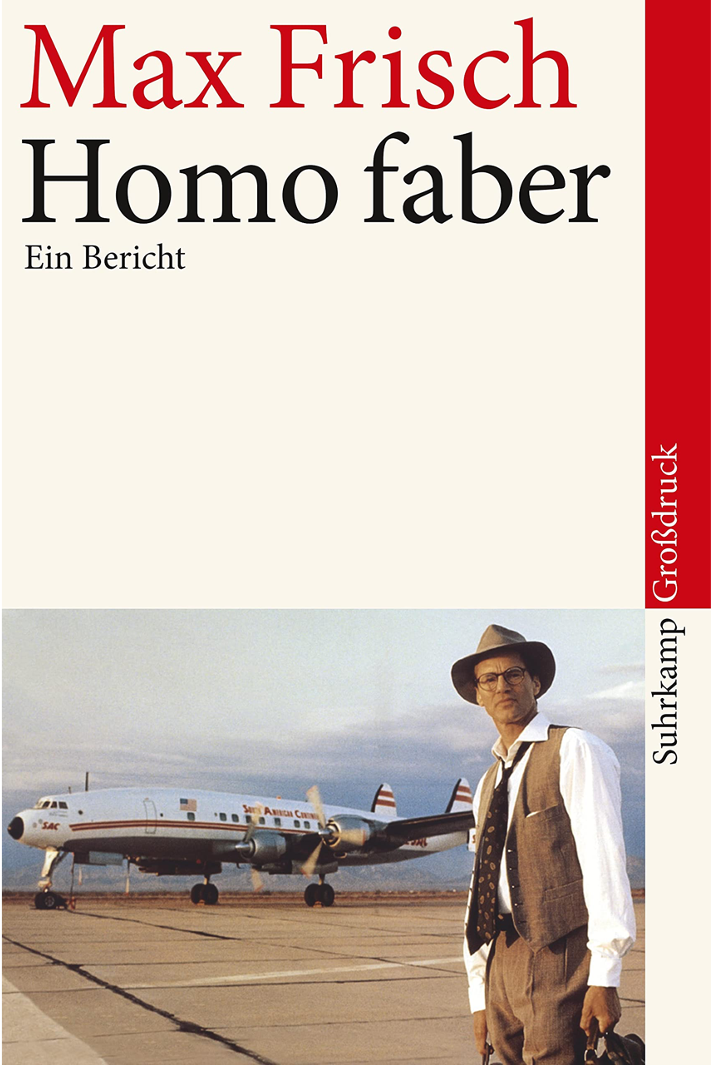
We are related with the entire world that we are conscious of, and even the universe through the capacities of our minds, sensory systems and imagination – what else is our imagination than a capacity to go beyond the reach of our material and spatial boundaries, and even our senses? We are increasingly related with the dizzying entirety of the universe, and the mysteries of black holes and the concept of multiverse, suggested by today’s science, which are beyond human observation, experience and understanding. Merleau-Ponty describes the mode of human existence in the world with a beautiful analogy: “Our body is in the world as the heart is in the organism; it keeps the visible spectacle constantly alive, it breaths life into it and sustains it inwardly, and with it forms a system”. 14 The philosopher’s statement forcefully ties the existence and experience of the self indivisibly with the experience of the world, and describes this fusion with the metaphor of an organism. Instead of the phrasing of ”the visible spectacle” I would, however, rather say the embodied or existential spectacle, as we sense our being in the world through our integrating existential sense rather than mere vision. I believe that even in architecture our most important sense is the sense of self and existence, as it is this very sense that fuses the multitude of stimuli into a singular experience. It is this experienced physical, mental and imaginative self that needs to be placed by architecture.
In another context, Merleau-Ponty describes our sensory and experiential world with similarly synthetic terms : ”My perception is not a sum of visual, tactile and auditive givens: I perceive in a total way with my whole being: I grasp the unique structure of the things, a unique way of being, which speaks to all my senses at once”15 It is this simultaneity and constantly meshing relatedness of things in lived life that we do not usually consciously grasp. Yet, as Merleau-Ponty also argues, This observation applies fully in architecture; we do not come to see the architectural work itself, but we come to experience our being in the world as mediated and articulated by architecture. Architecture structures, articulates and expresses our being in the world in specific ways and it projects distinct meanings to our sense of existence. As Gaston Bachelard argues. ”[…] The house is one of the greatest powers of integration for the thoughts, memories and dreams of mankind”16 Places also have similar powers of integration as houses, and in a way, places are mentally embryos of dwellings; we decide to construct our dwelling after having identified and probably even named its place .
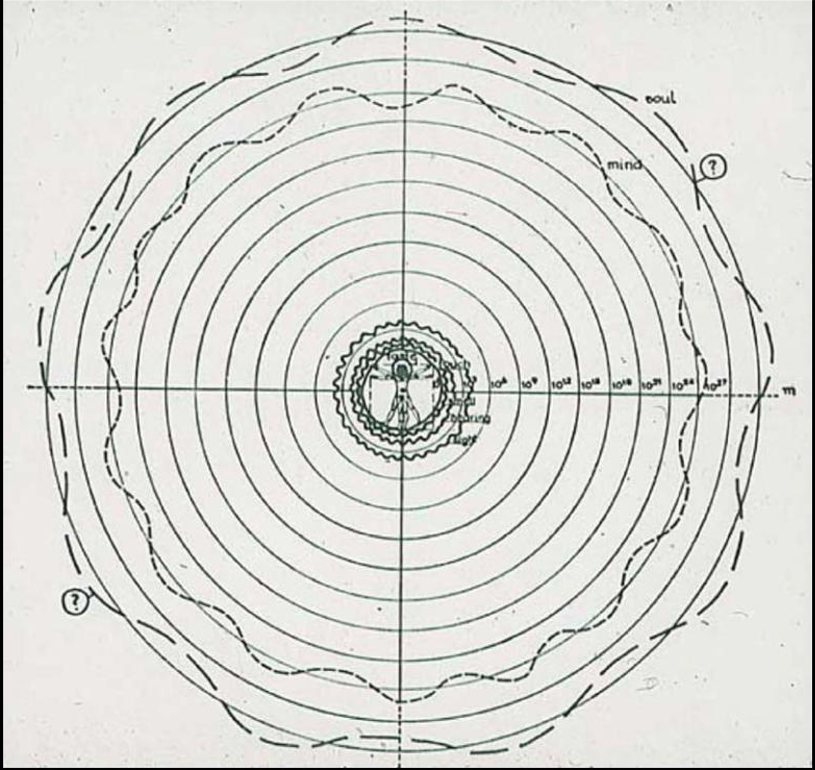
THE HUMAN LANDSCAPE
The original purpose of architecture was to relate us with the immensity of our experiential and imaginative world. Buildings created the mediating measure and system of giving a scale, and relating the nucleus of the self with the world by their inherent systems of harmony. The proportional theories of Pythagoras and, later, Renaissance theoreticians aimed at relating us with “the Harmony of the Spheres”. In our utilitarian, technological and quasi-rational world, architecture has given up its seminal mediating role of tuning, scaling, relating and mediating, and reduced itself to the production of isolated functionalized and aestheticized spaces and objects. Aestheticization has in fact turned into a secret strategy of today’s aesthetic capitalism, as aesthetic desire has replaced the Marxian notion of need as the engine of consumption.
Articulating the landscape or the countless situations of life into a system of chained and interlocking systems of places, specific spatial units of varying sizes, shapes, materials and meanings make our experiential world graspable, memorizeable and meaningful. It is evident that the experience of place is our pre-reflective and preconscious manner of projecting organization and meaning into the world around us. This meaning arises from synthetic, sensory and embodied recognition of the ”usefulness” of distinct spatial situations for our survival and wellbeing.
No doubt, even animals, from insects to primates have a sense of place and they behave accordingly. It is known that animals defending their territories against attackers gain extra fighting strength from their home ground. They know how to minimize danger and maximize the prospect of protection, food, mating and procreation by choosing appropriate places. We humans ”understand” qualities of places unconsciously before we have had any chance for intellectual evaluation or understanding. As the motto of my lecture by Robert Pogue Harrison suggests, places become parts of our way of being through a curious mental exchange: the place accepts me, while I fully internalize the place as part of my experience of being. I mould the place through my embodied existence, and the place gives my sense of self irreplaceable help.
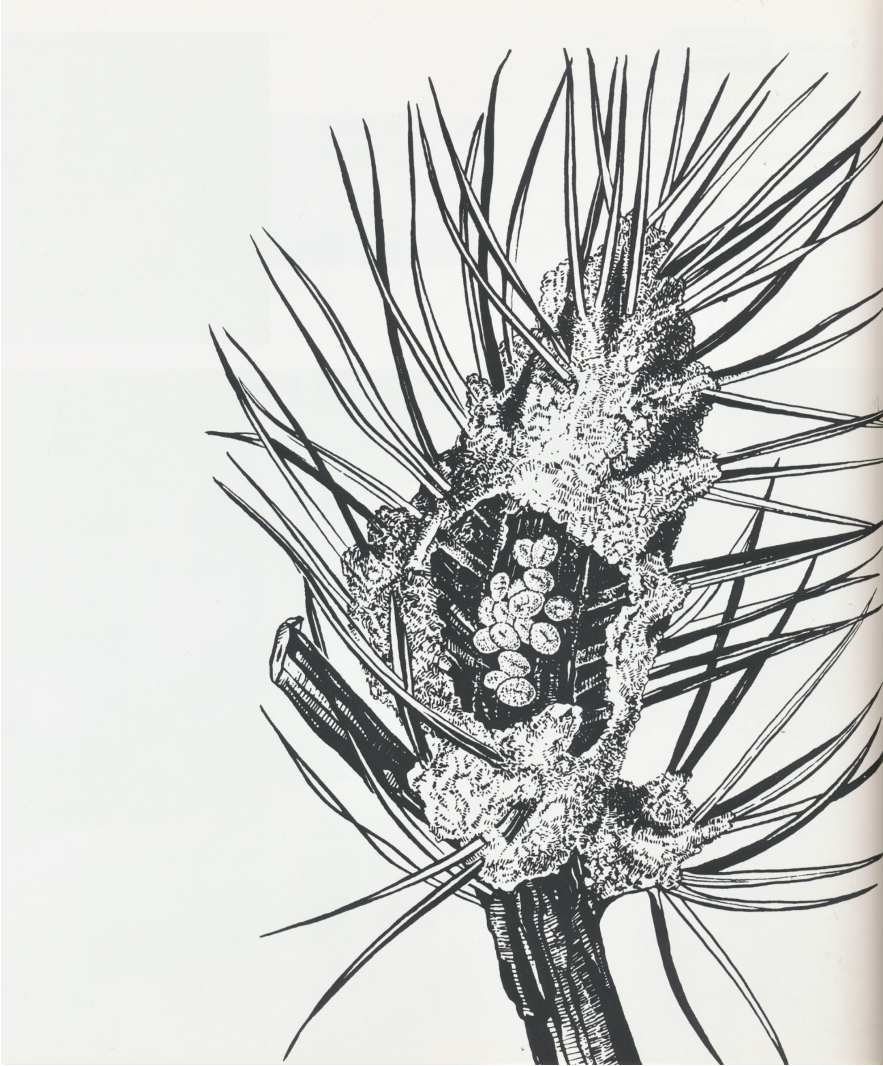

EXPERIENCING PLACE
You can feel non-placed or displaced in the desert, in the thick of a forest when you are lost, but also in the non-hierarchical contemporary city. For me, the city of Doha in Qatar has been such an alarming spatial experience: you do not experience any street, any street corner or any square as a distinct meaningful space, that could place you in an historical or meaningful urban continuum; the city is just an exhibition of detached buildings by some of the most celebrated Western architects of today, but these structures do not constitute a sense of a city with its experiential cohesion, continuity and behavioral meanings, even regardless of a huge shopping mall with Venetian canals and gondolas. The time dimension is also entirely lost and you experience a flattened sense of nowness, like living in a film frame, which has been stopped forever.
The components or ingredients of place are usually far too complex, too multi-sensory and too unconscious to be rationally analysed; places are felt, enjoyed or feared, before they are understood. Place is not a geographic, spatial, formal or material thing; it is a human experience in the way that artistic, poetic and architectural works are fundamentally experiences. We choose places through our deepest unconscious existential senses; it has been suggested in scientific studies that we even choose our mate by means of smell rather than any other criteria.
John Dewey argues, ”By common consent, the Parthenon is a great work of art, Yet, it has aesthetic standing only as the work becomes an experience for a human being […] Art is always the product in experience of an interaction of human beings with their environment”17.
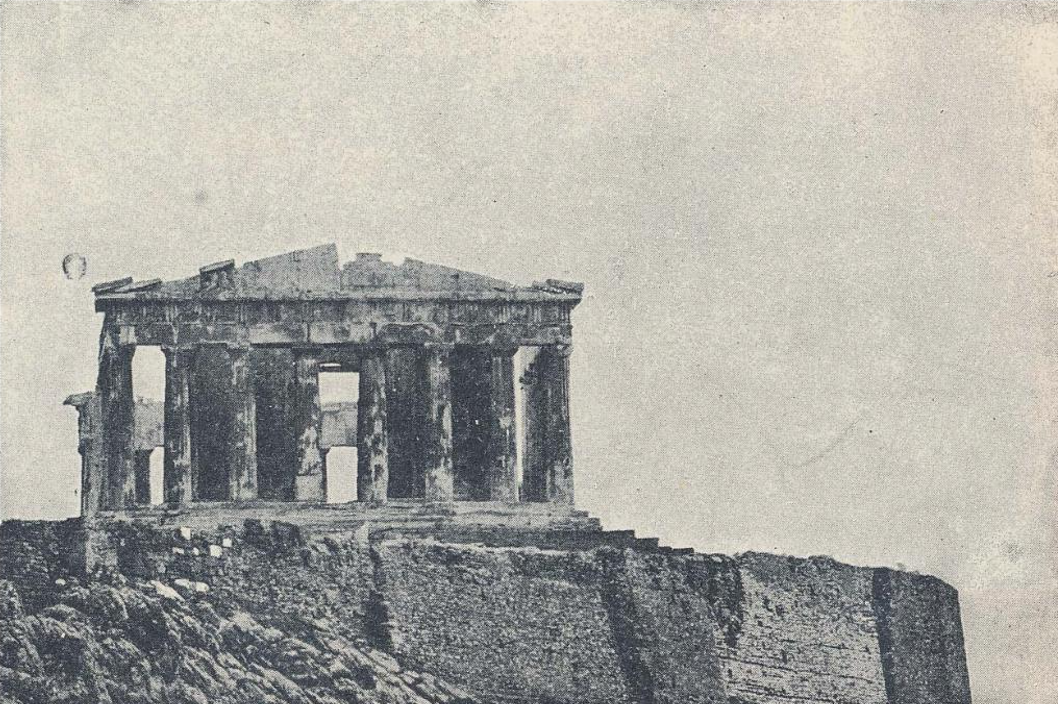
The experience of placeness can similarly arise from countless characteristics and features, but fundamentally it is a consequence of experiential cohesion, spatial or formal singularity, communal agreement, or meaningfulness of a distinct entity in the physical world. Thus, place is fundamentally a mental quality, which derives from the condensed memory of not only ourselves as individuals, but as evolutionary representatives of our species. We can say that the experience of ”place” is an evolutionary echo, which brings our genetic memory in resonance with a specific spatial situation. We can also argue that place brings together memory and actuality, reality and imagination, past and present. Entering a powerful place evokes a recollection, a sense that I have already been here. Place can also be a social agreement, such as collective meeting places or memorial sites, but even in these cases a deeper impact, the structure of the place, has to resonate with the inner qualities of placeness in our minds, otherwise the place remains only a physical address, just a name.
One of the situational dualities that is fundamental for our pleasure, or balanced environment is the duality of ”refuge” and ”prospect”, the simultaneity of a place of protection and observation. This is an understanding brought to us by ecological psychology. The theory of this polarity has been applied by Grant Hildebrandt to explain the psychological success of Frank Lloyd Wright’s houses,18 but also one of today’s most significant ecological architects, Glenn Murcutt, uses these polar terms repeatedly in his lectures. In fact, the assymetrical sections of his houses, which perform as climatic instruments, are graphic representations of ”refuse” and ”prospect”, the two significant criteria of domestic placeness.
We live in a world that we ourselves subdivide into countless nameable and memorizable places on the basis of special features of these settings. It is this process of ”placing” that gives us the experiential structure of the world, its perceptual and memorizable qualities. The memorizable places are embedded in a nameless and shapeless background fabric. The experiencing and memorizing of places is akin to the reading of foreground images against their unarticulated background.
I am suggesting here an architectural psychology and aesthetics that is grounded in biological and evolutionary processes and adaptations. Semir Zeki, the neurobiologist, makes a pledge in his book on art and neurological understanding: ”I have set as my goal to develop an aesthetic that is biologically grounded” 19. This was also Alvar Aalto’s view, as he once wrote. ”I have a feeling that architecture and its details belong to biology” 20 This is a view that can tie architecture back to our fundamental historicity. I believe that it is thoughtless to neglect or even try to work against the inherited nature in ourselves. Edward O Wilson condenses our existential problem in these words: “All of man’s troubles may well arise from the fact that we do not know what we are and do not agree on what we want to become. This crucial inadequacy is not likely to be remedied until we have a better grasp of the diversity of the life that created and sustains us”. 21

The Human Bond With Other Species. Harvard University Press, 1984. Cover.
The text is from Juhani Pallasmaa’s lecture at OSLO ARCHITECTURE TRIENNALE 2022, which took place on Tuesday 11 October 2022. The illustrations of the essay were selected by the editors of the publication from the writer´s 59 images in the original lecture presentation of the essay.
Juhani Pallasmaa (b. 1936), architect, designer, writer, professor emeritus. Practiced design in collaboration with other architects since 1962 and in 1983-2012 through his office in Helsinki. He has held positions as Rector of the Institute of Industrial Design, Director of the Museum of Finnish Architecture, Professor and Dean of the School of Architecture, Helsinki University of Technology, and several visiting professorships in the USA. He has taught and lectured in numerous universities in Europe, North and South America, Africa, Asia and Australia. Member of the Pritzker Architecture Prize Jury 2008-2014. He has published 65 books and over 800 essays, articles and prefaces, and his writings have been translated into 37 languages. His widely known books include: The Embodied Image, The Thinking Hand, The Architecture of Image: existential space in cinema, and The Eyes of the Skin. He is Honorary member of SAFA, AIA and RIBA, Academician of the International Academy of Architecture, and has received numerous Finnish and international awards and five Honorary Doctorates.
You can also read more from Juhani Pallasmaa in Tangible Territory journal (issue n.3): https://tangibleterritory.art/journal/issue-3-content/the-multi-sensory-reality-integrating-the-existential-experience/
SOURCES, NOTES: INCOMPLETE
1 John Keats, Google: Keats quotes.
2 Robert Pogue Harrison, Gardens: An Essay on the Human Condition (Chicago: The University of Chicago Press, 2008), 130.
3 Lewis Mumford, The City in History: Its Origins, Its Transformations, and Its Prospects (New York: Harcourt, Brace & World, Inc., 19669, p. 7.
4 Herman Minkovski, as quoted in Sigfried Giedion, Space, Time and Architecture: The Growth of a New Tradition ( , 1952), p.368.
5 Maurice Merleau-Ponty describes the notion of the flesh in his essay ”The Intertwining – The Chiasm” in The Visible and the Invisible, ed. Claude Lefort (Evanston: Northwestern University Press, 1992). ”My body is made of the same flesh as the world […] this flesh of my body is shared by the world […], p. 248.
6 Maurice Merleau-Ponty, Phenomenology of Perception (London: Routledge, 1992), p. 225.
7 Gaston Bachelard, The Poetics of Space (Boston: Beacon Press, 1964,) p. 4.
8 Richard Dawkins, The Extended Phenotype (Oxford: Oxford University Press, 1982).
9 Gernot Böhme, Critique of Aesthetic Capitalism (Mimesis International) 2017.
10 As quoted in Sarah Robinson, ”John Dewey and the dialogue between architecture and neuroscience ” ARQ Architectural Research Quarterly, Cambdridge University Press, 2015, p. 3.
11 Jeff Malpas in his lecture at the Understanding and Designing Place Symposium at the Tampere University on 3 April, 2017.
12 Edward Relph, Place and Placelessness (London: Pion Limited, 1986.
”Existential outsideness involves a self-conscious and reflective uninvolvement, an alienation from people and places, a homelessness, a sense of the unreality of the world, and of not belonging” (p. 51).
13 Karsten Harries, ”Building and the Terror of Time”, Perspecta 19: The Yale Architectural Journal (Cambridge: The MIT Press, 1982), 59-69.
14 Maurice Merleau-Ponty, Phenomenology of Perception (London: , Routledge, 1992), p. 203.
15 Maurice Merleau-Ponty, , ”The Film and the New Psychology”, Sense and Non-Sense (Evanston, Ill. Southwestern University Press, 1964), p. 48.
16 Gaston Bachelard, Poetics of Space (Boston: Beacon Press, 1964), p. 6.
17 John Dewey, Art as Experience (New York: Putnam’s , 1934), pp. 4, 231.
18 Gary Hildebrand, The Wright Space: Pattern and Meaning in Frank Lloyd Wrights’ Houses (Seattle: University of Washington Press, 1992).
19 Semir Zeki, Inner Vision: An Exploration of Art and the Brain (Oxford: Oxford University Press, 1999), 1-2.
20 Alvar Aalto, ”The Trout and the Stream”, Domus/Arkkitehti 1948, pp. 7-10. Reprinted in Alvar Aalto in His Own Words, ed. Göran Schildt (Helsinki: Otava Publishing Company Ltd.,1997), 108.
21 Edward O Wilson, Biophilia (Cambridge, Massachusetts and London, England: Harvard University Press), 1984.
Featured image: Olafur Eliasson, The Weather Project, 2003. Turbine Hall, Tate Modern, London.
